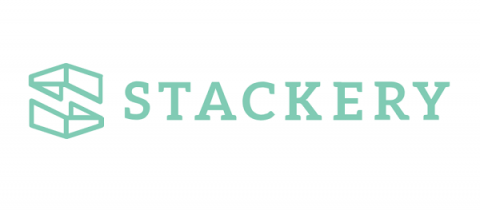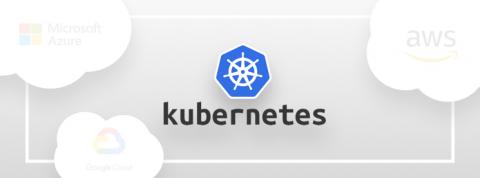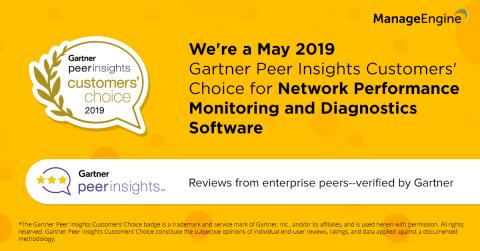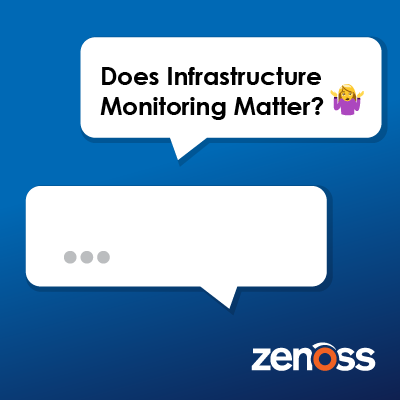Ruby Profiler Types and Why You Need Them
About a decade ago, the Ruby programming language made a big splash in the software engineering industry thanks to the Ruby on Rails web framework. The terse and friendly syntax of Ruby and the “they thought of everything” feeling of Rails offered web startups the ability to move quickly and nimbly.











